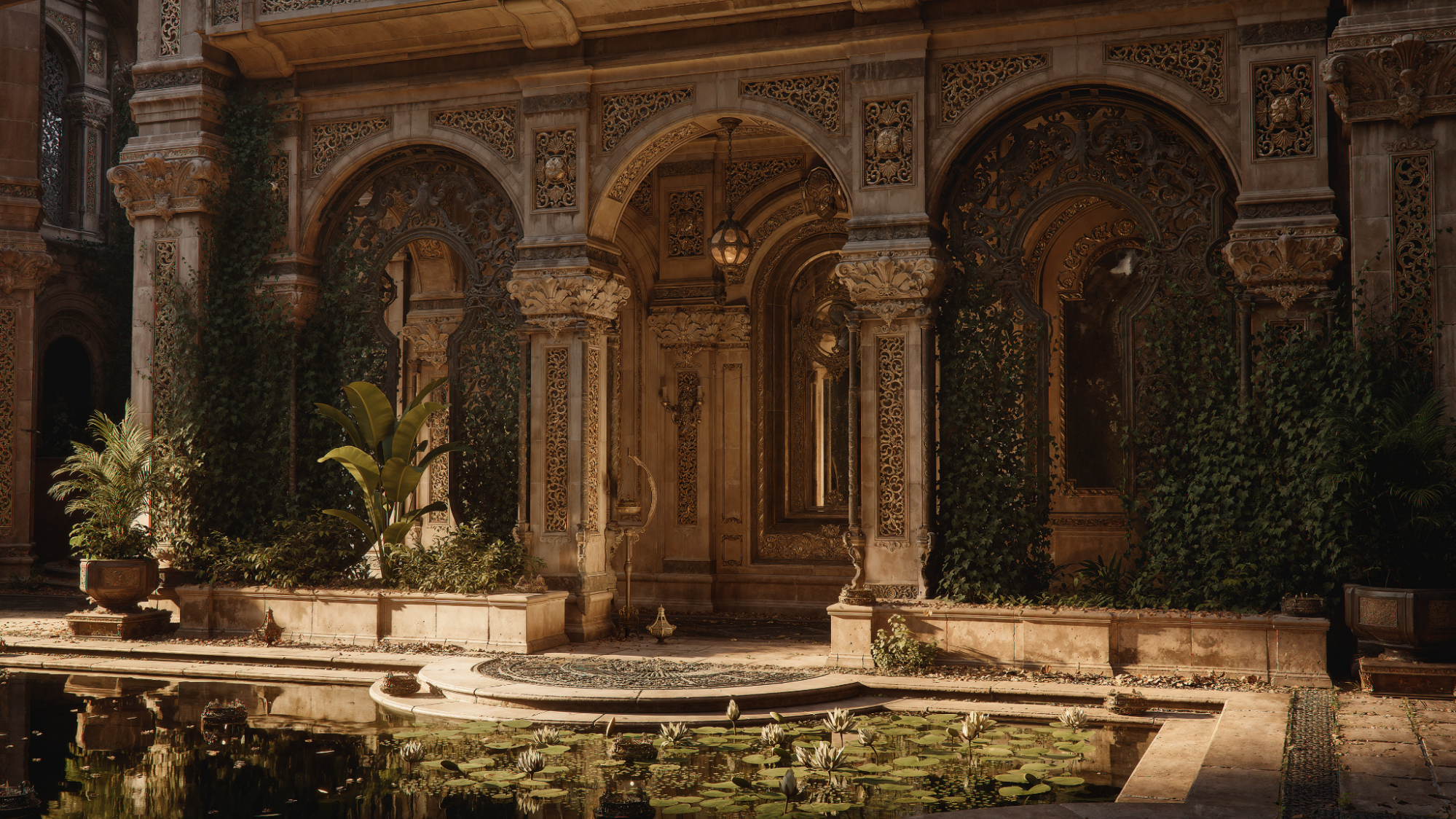The easy guide to design movements: Modernism
The Modernist school has had a huge influence on the history of design - and continues to do so today. Aaron Kitney explains why.
With the advances of technology, Modernism began to break through at the end of the 19th century into the beginning to the 20th century. Western society began to develop new ways to shape human culture and improve the constructed environment.
Modernism covered many creative disciplines from design and art to influencing architecture, music and literature. The power of machines forced artists to strategically re-think their practice, the results were revolutionary and still influences designers to this very day. This new technology provided the opportunity for mass production, and the machine itself became a theme in modernism.
Influential designers of this period range from Walter Gropius from the Bauhaus to the modern architect Le Corbusier, both men were fascinated with all disciplines of design and it reflected greatly in their work.
'Function should always dictate form'
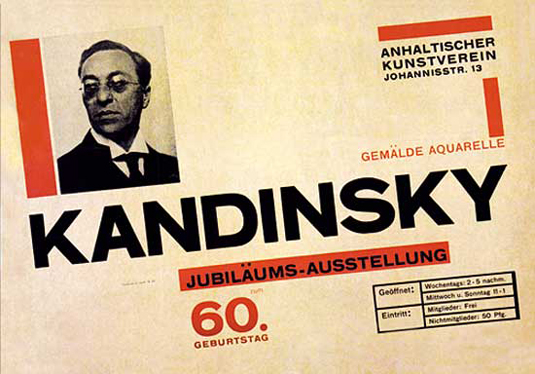
Modernism particularly inspired fine art, it saw a break in the world of the 'ism' - these art styles include Impressionism, Cubism, Fauvism, Futurism, Brutalism and Surrealism. With the influence making such an impact across multiple creative disciplines Modernism is arguably being the most influential movement of the 20th century.
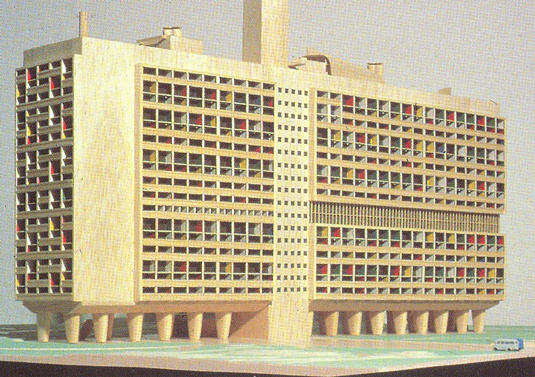
Graphic Design and Typefaces
Modernism especially changed the thinking process for communications, graphic design and typography, the style of design shifted drastically from the prior 19th century approach. Before the concept of Modernism, graphic design and typography was 'overly decorated' and elaborate, every possible inch of a typical poster would be filled with imagery and type.
Designers of the era of Modernism abided to strict, structured grid system with emphasis on negative space, just as important was the use of clean sans-serif type. The idea was to create strong graphics that were against commercialism, greed and cheapness. Typical typefaces used in the Modernism era include Franklin Gothic, Monotype Grotesque, Futura, and Helvetica Neue.
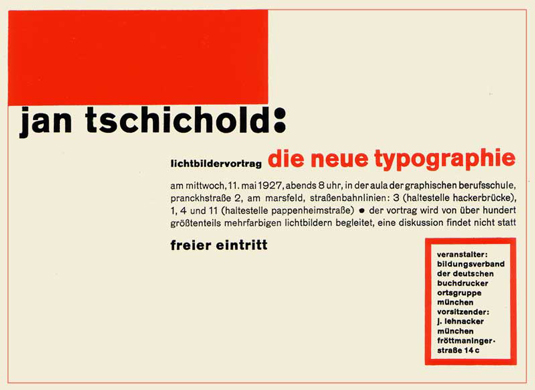
Dutch artist Theo van Doesburg practiced painting, architecture and poetry - he also influenced graphic design and is considered the 'ambassador' of the movement De Stijl. He described Modernism times as: "Art should not deal with the 'useful' or the 'nice', but with the 'spiritual' and the 'sublime'. The purest art forms do not cause the decorative change of some detail from life, but the inner metamorphosis of life, the revaluation of all values."
Get the Creative Bloq Newsletter
Daily design news, reviews, how-tos and more, as picked by the editors.
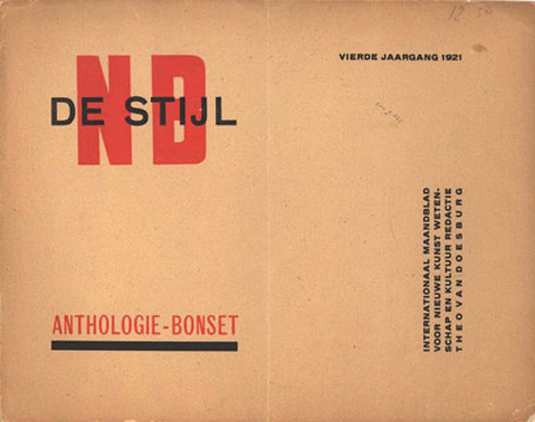
Dutch De Stijl
The Dutch De Stijl group was led by architect Theo van Doesburg, who favoured Universal harmony with no emotional overtones. The distinctive De Stjil look consisted of block primary hues, plus the use black and white. No curves allowed.
Words: Aaron Kitney
Aaron Kitney is a freelance graphic designer and art director based in London and Vancouver. He specialises in branding, identity, web design, publication design, packaging and book design. Follow him on Twitter at @aaronkitney.
Liked this? Read these!
- The easy guide to design movements: Constructivism
- The easy guide to design movements: Bauhaus
- Design museum trips you MUST make!
- Designs that rocked the world

Thank you for reading 5 articles this month* Join now for unlimited access
Enjoy your first month for just £1 / $1 / €1
*Read 5 free articles per month without a subscription

Join now for unlimited access
Try first month for just £1 / $1 / €1

The Creative Bloq team is made up of a group of design fans, and has changed and evolved since Creative Bloq began back in 2012. The current website team consists of eight full-time members of staff: Editor Georgia Coggan, Deputy Editor Rosie Hilder, Ecommerce Editor Beren Neale, Senior News Editor Daniel Piper, Editor, Digital Art and 3D Ian Dean, Tech Reviews Editor Erlingur Einarsson, Ecommerce Writer Beth Nicholls and Staff Writer Natalie Fear, as well as a roster of freelancers from around the world. The ImagineFX magazine team also pitch in, ensuring that content from leading digital art publication ImagineFX is represented on Creative Bloq.
